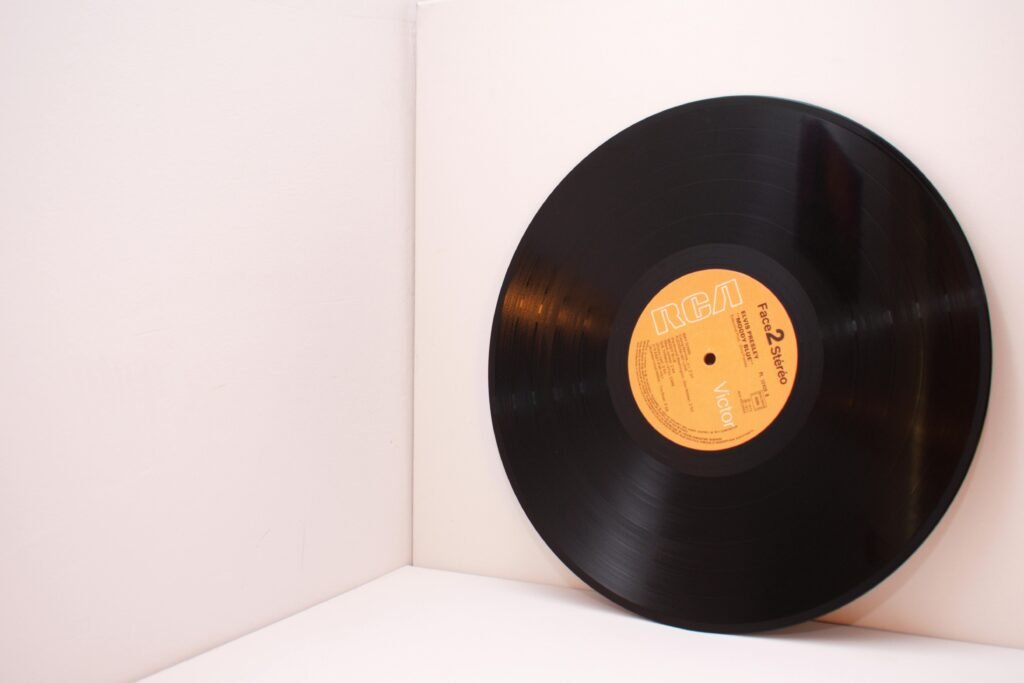Music consumption has evolved dramatically over the past century. From the warm crackle of vinyl records to the seamless convenience of digital streaming, the way we access and enjoy music has continually adapted to technological advancements and cultural shifts. Each era brought its own unique experience for listeners, reshaping our relationship with music and redefining how we interact with it. Here’s a look at this changing landscape and what it means for music fans today.
- The Vinyl Revolution
- Vinyl records became the dominant music format in the 1950s, offering listeners the ability to own and play their favorite songs at home. The vinyl record was more than just a music format; it was an art form. The album covers, liner notes, and the physical act of placing the needle on the record created an immersive, tactile experience. Vinyl gave fans a sense of ownership and connection to their music, and collecting records became a personal expression for many listeners.
- Although vinyl lost its mass appeal as new technologies emerged, it never completely vanished. In recent years, vinyl has experienced a major resurgence, especially among younger audiences and collectors. Today, vinyl sales are at their highest since the 1980s, as people rediscover the authentic, analog sound and the nostalgic charm of records.
- The Cassette and CD Eras
- The 1970s saw the rise of the cassette tape, which added a new level of portability to music consumption. Listeners could create mixtapes, which allowed them to curate their own collections and even share personal playlists with friends. Cassette players also allowed music lovers to listen to music on the go, an early precursor to the digital playlist.
- Then came the 1980s and 90s, which ushered in the era of CDs. Compact discs provided better sound quality than cassettes, were more durable, and could skip directly to any track. CDs soon became the industry standard and further increased music sales, with massive albums by artists like Michael Jackson and Madonna flying off the shelves.
- The Digital Revolution: MP3s and Downloads
- With the internet boom in the late 1990s and early 2000s, digital music changed the game. MP3 players like the iPod allowed people to carry thousands of songs in their pocket, making CDs seem bulky and outdated. At the same time, illegal file-sharing platforms like Napster disrupted the music industry, enabling listeners to download songs without paying for them.
- The rise of legal download platforms like iTunes in 2003 created a more sustainable business model, allowing users to purchase individual songs or albums digitally. This shift fundamentally changed music consumption, giving people the flexibility to curate their libraries without purchasing entire albums.
- The Streaming Era
- Today, streaming has taken music accessibility to new heights. Services like Spotify, Apple Music, and YouTube Music allow instant access to millions of songs across all genres, available on demand and at a low cost. With the ability to create personalized playlists, follow artists, and discover new music, listeners are no longer bound by physical media. Streaming’s algorithm-driven recommendations have also transformed how we find music, curating unique playlists tailored to our tastes.
- However, while streaming has made music more accessible than ever, it has also raised questions about artist compensation and the music industry’s sustainability. Streaming royalties are relatively low, making it difficult for many artists to earn a substantial income. This has led to discussions about fair pay and the future of music distribution.
- A Future of Music on Demand
- From vinyl’s tactile charm to the limitless access of streaming, each era of music consumption has offered a unique experience for listeners. Today, as the digital landscape continues to evolve, the emphasis is on immediate access and personalized recommendations. While the way we consume music may keep changing, our love for it remains timeless. Whether you’re dusting off a vinyl record or queuing up a playlist on Spotify, music continues to be an essential part of our lives.

